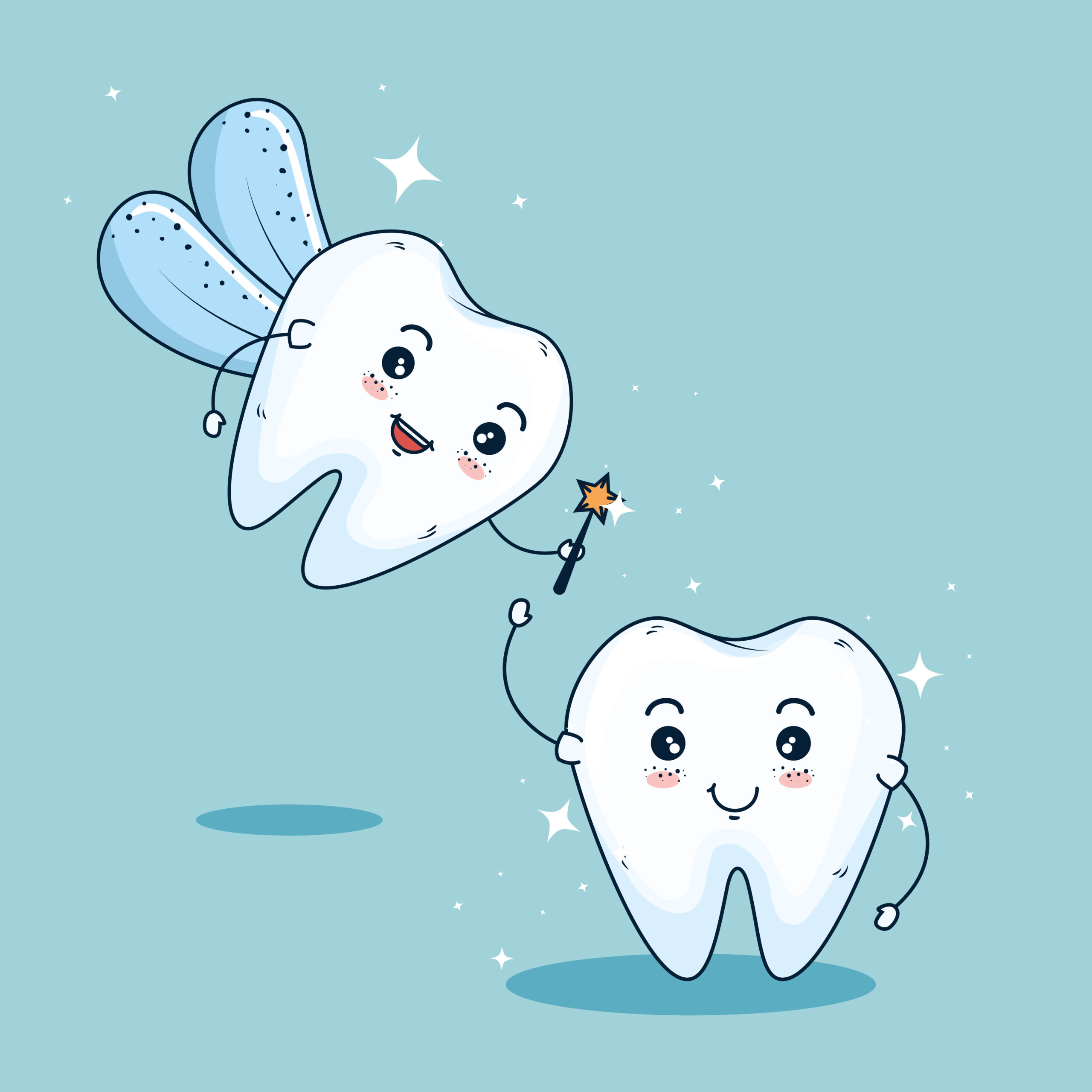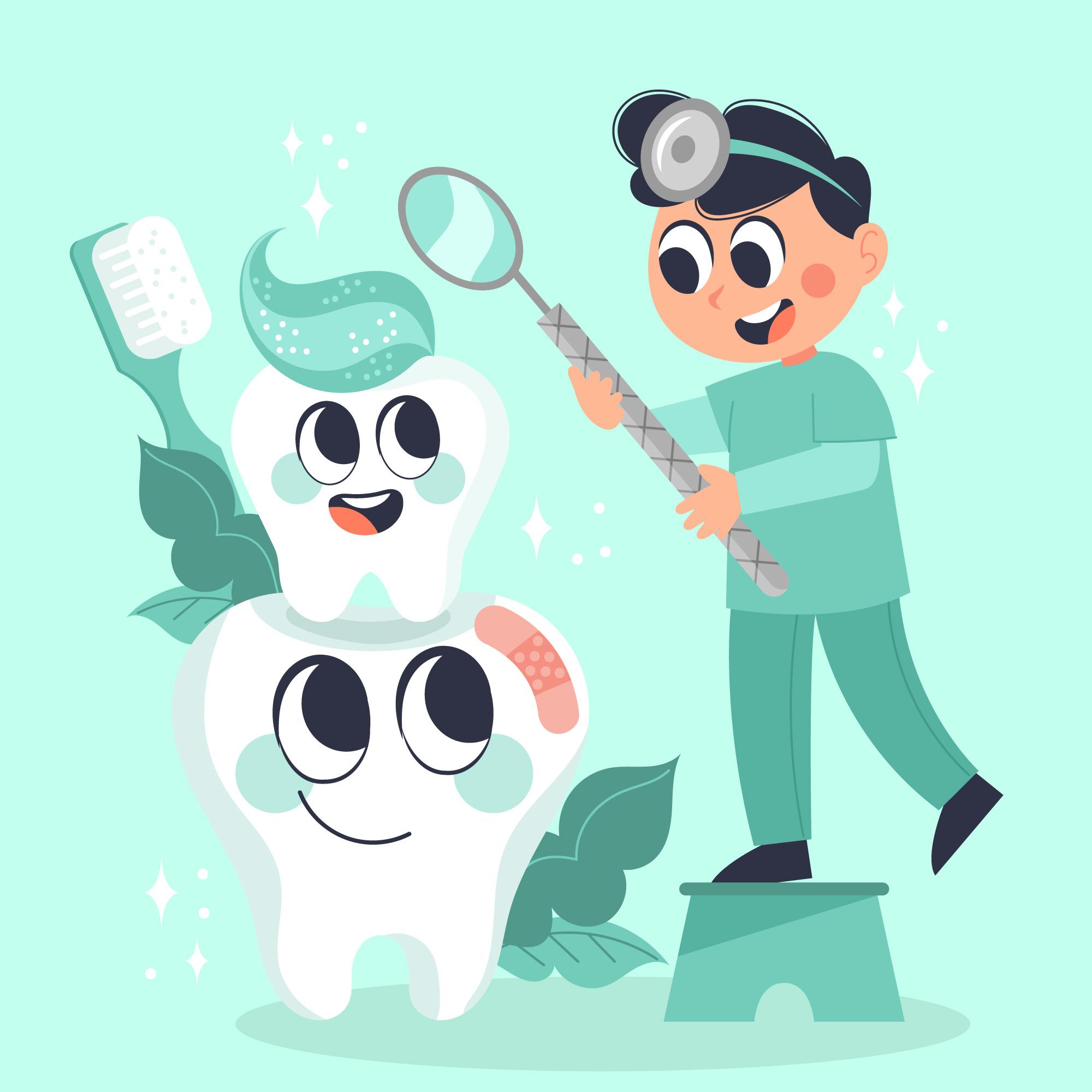Dental emergencies, unfortunately, are quite common for children. This is especially true during the toddler years and during the pre-adolescent and adolescent period. There are several types of childhood dental emergencies and specific ways to deal with them.

Detailed below are some of the most common childhood dental emergencies,
in addition to helpful advice on how to deal with them.
Toothache
Sometimes, something as simple as the removal of impacted food can ease the pain of a toothache. Other times, fractures, trauma or decay can cause a toothache. If pain persists, it’s necessary to contact a pediatric dentist. A cold compress applied to the affected area can help reduce swelling.
Dental intrusion (tooth pushed into jawbone)
This occurs when a tooth is pushed into the jawbone and sometimes happens due to dental trauma. A pediatric dentist may wait for the tooth to descend naturally, or it may be necessary to perform a root canal to preserve the tooth. Ice packs and Tylenol may help reduce swelling and ease pain.
Crown fracture
A crown fracture can include everything from minor enamel cracks to pulp exposure. A crack would not be considered an emergency, while pulp exposure would require immediate treatment. Any change in tooth color would indicate an emergency.
Dental concussion
When a tooth isn’t fractured or dislodged but has received some sort of knock or trauma, it is considered to be “concussed.” A tooth may become discolored when this occurs. If bleeding can’t be controlled, a child should immediately be taken to the emergency room.
Dental avulsion (knocked-out tooth)
A knocked-out tooth should only be handled by the crown. Gently rinse off debris without touching the root. It’s important to contact a pediatric dentist as soon as possible so reimplantation can be completed within an hour. It’s also crucial to keep the tooth moist during transport to the dentist. It should be noted that dentists usually don’t advise reimplanting baby teeth.
Tooth extrusion
This is also called tooth luxation. The tooth remains inside the socket but protrudes at an unnatural angle. In younger children, this may heal itself. It’s still advised, however, to seek dental treatment to prevent infection and protect the tooth. A moist cold compress can be placed on the affected area.
Root fracture
This is caused by trauma and won’t be obvious to the naked eye. Dental x-rays will be needed to confirm a root fracture. Depending on the child’s discomfort and the position of the fracture, the tooth may be treated and monitored or, possibly, extracted.
Fractured jaw
If a fractured or broken jaw is suspected, a child needs immediate emergency treatment. It may help to tie a scarf gently around the child’s head and jaw to prevent the jaw from moving.
If you have any questions regarding dental emergencies, it’s important to ask your pediatric dentist.

For dental emergencies please phone 647-649-1488.
To schedule appointments for non-emergencies please click the link below:
